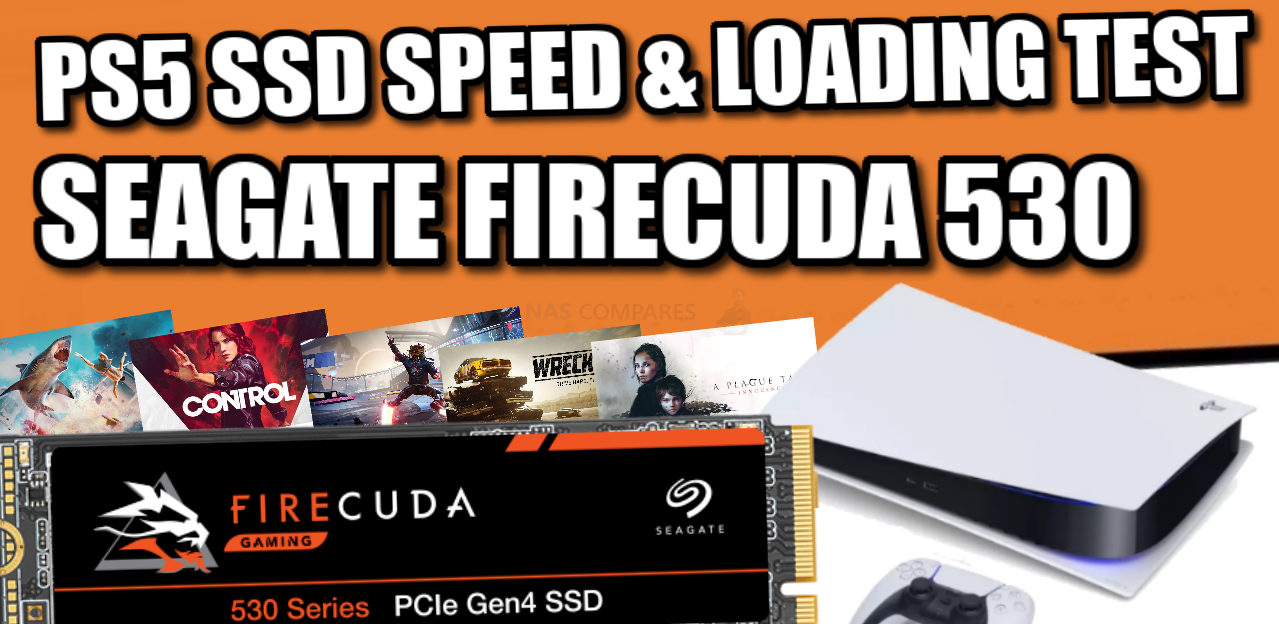Riky
$MSFT
Keep going in circles and move from point to point, I agree it is fun for you to think about others wasting their time thinking they are engaging in an actual not disingenuous discussion.
I mentioned BC and cross generation games again as you said my remarks on it belittled XVA hoping by trying to be even clearer you would read it and understand it but.
You are belittling XVA and MS approach to BC under appreciating how difficult it is to improve performance meaningfully without compromising your peak potential and without requiring developers to invest a lot of time in changing their code for you… which is ironically delicious.
We agree that MS could have pushed for an even faster SSD solution and decided not to. They had a good enough solutions and wanted to fight other battles / invest their R&D or console BoM (look at it however way you want) in other parts of the design.
The problem is that you still see the XSX as this unlimited budget design and cannot accept any engineering compromise and anything that might not feel like the PS5 trouncing monster you thought you had been promised.
So there comes the stretching of the SFS advantage and the console war features list war… I noticed now your brought RDNA2 advantages (next post maybe you can add some bold “full” to it as people may not get one console has RDNA 1.5 apparently).
I haven't even mentioned PS5, that's all in your console warrior mindset, I was talking about how MS have approached the problem of moving data and saying that we haven't seen the full potential until we see games using all the features with hardware support including SFS which is a cornerstone of XVA. You start talking about something else entirely for some reason.









